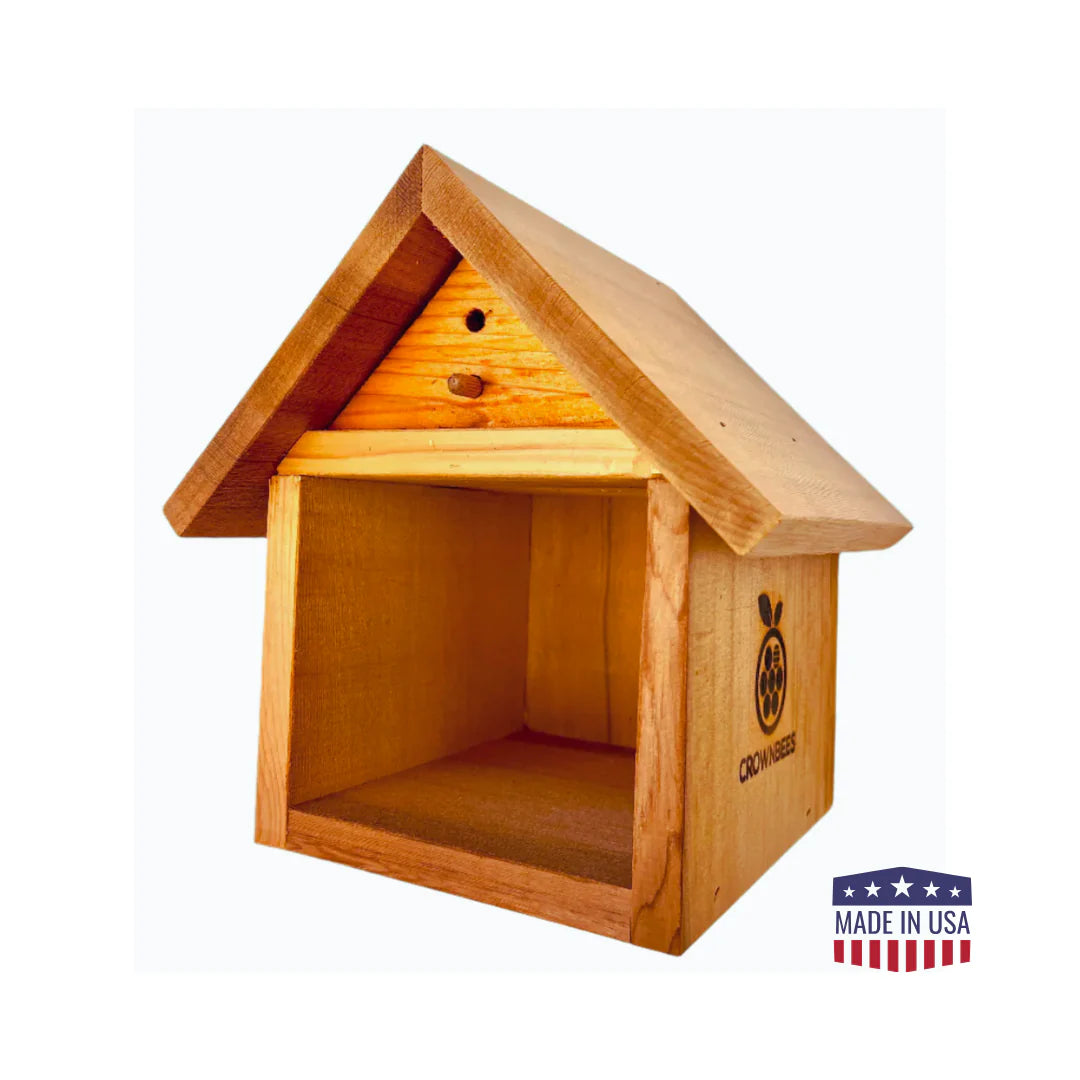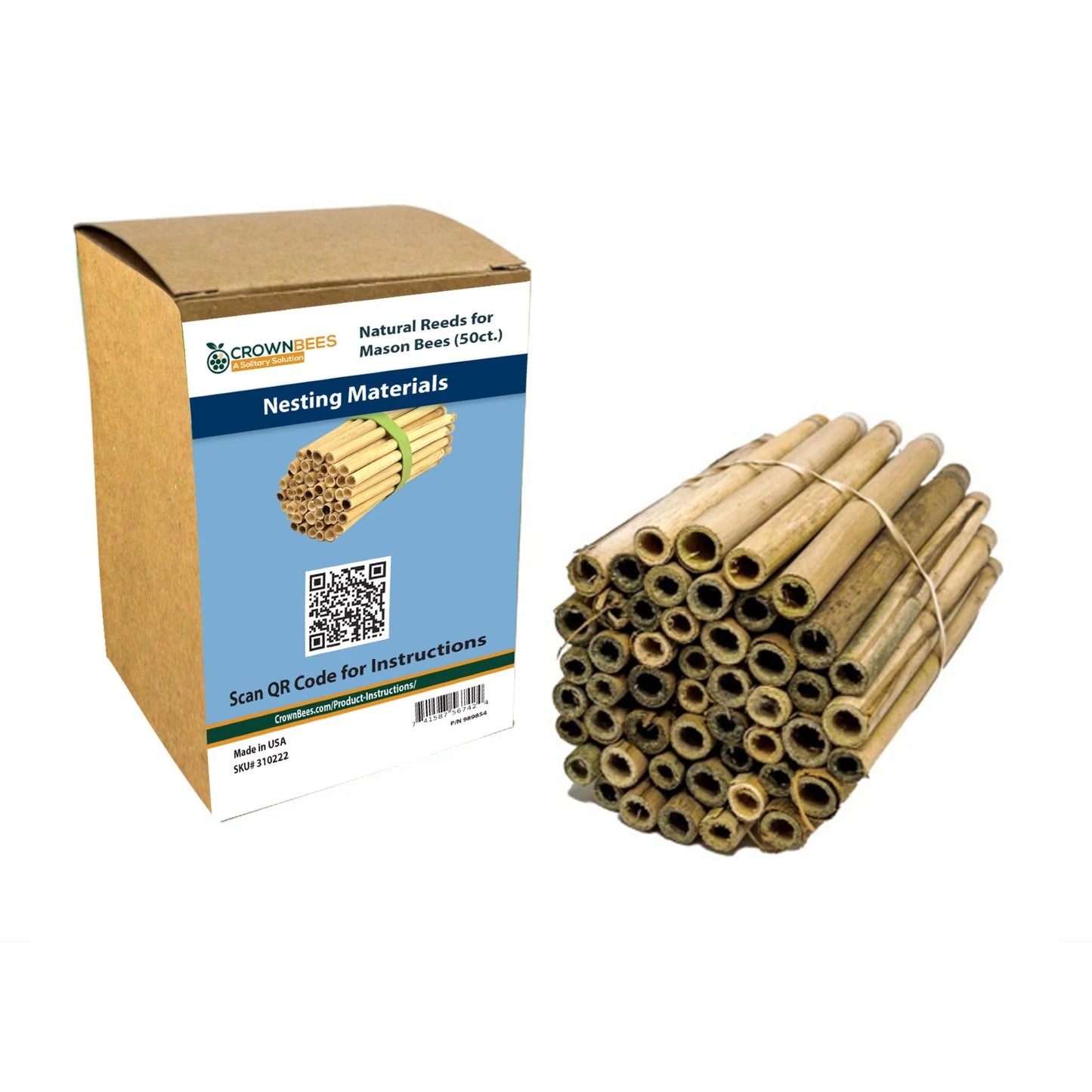Harmful Nesting Materials: What to Avoid (and What to Use Instead)
Backyard “bee hotels” are everywhere. Unfortunately, many include nesting materials that trap moisture, harbor pests, and can’t be cleaned. The house matters less than the nesting materials inside. Choose materials sealed at one end, breathable, and easy to open for cleaning.
Good care (cleaning and harvesting cocoons) is one of the most effective ways to reduce pests and disease in cavity-nesting bees.
Why Materials Matter
When nesting materials can be opened and dried, you can prevent issues like mold, chalkbrood, and pollen mites and safely harvest cocoons in fall. If you install an artificial nesting house, plan on basic maintenance each season to keep future generations healthy.
- Use nesting tubes/trays sealed at one end, breathable, and openable.
- Harvest and clean in fall; store clean materials for spring reuse.
See the Difference
Why You Should Avoid Plastic Straws
- Plastic does not breathe—moisture gets trapped, and mold can grow.
- Straws can’t be opened for cleaning or harvesting cocoons.
- They are not reusable or compostable, adding to waste.
Why You Should Avoid Drilled Wood Blocks (Without Paper Inserts)
- Solid blocks can’t be opened; pathogens build up year over year.
- If you must use them, add paper inserts to harvest cocoons.
- No inserts? Replace blocks every couple of years—unfortunately, you’ll throw some bees away with them.
Why You Should Avoid Bamboo Reeds

- Bamboo is tough to open; cocoons (and fingers!) are easily damaged.
- Unopened bamboo can harbor pollen mites and chalkbrood—problems you won’t see until you open it.
- Often the wrong size: many bamboo reeds are too short (4–5") and too wide for most species.
Better natural options (easier to open): Phragmites, Asters, Bee Balm, Cup Plant, Honeysuckle, Joe-Pye Weed, Raspberry/Blackberry, Sumac, Sunflower, Wild Rose. Seal one end with clay/mud so pests can’t enter from the back.
What to Use Instead
Choose bee-safe nesting materials that are openable and breathable. Proper care and harvesting in fall and spring dramatically reduce pests and parasites. Learn more about recommended options here: Bee-Safe Nesting Materials.
Correct placement and seasonal care are just as important as safe nesting materials. See our step-by-step guide: How to Set Up Your Bee House.
Reference
Managing Alternative Pollinators (SARE): https://www.sare.org/resources/managing-alternative-pollinators/
Shop Bee-Safe Nesting Materials
Ready to switch to openable, breathable nesting options? Explore our full selection of bee-safe nesting materials for a healthier habitat.
Shop Nesting Materials

